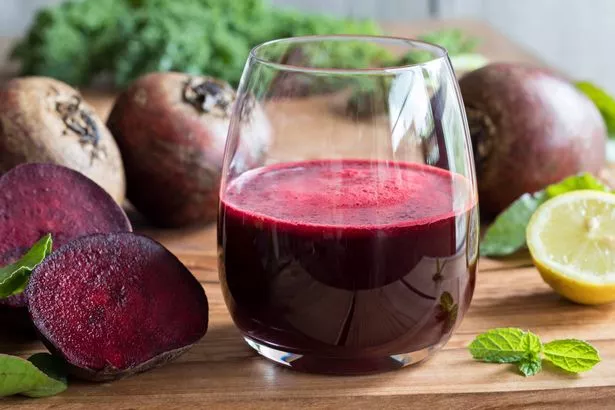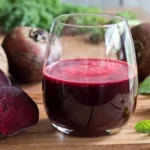Let’s be honest — most athletes don’t like beetroot juice. It’s earthy, deep and metallic like, and it’s definitely not winning any flavor contests. But many still drink it because of its proven performance benefits — nitrates in beetroot can improve blood flow, reduce oxygen cost, and help you go longer and harder in your workouts or races.
The problem? A lot of people are doing it wrong.
If you’re going to power through the taste, you might as well get the benefits. Here are some of the most common mistakes recreational athletes and sports science support teams make with beetroot juice — and how to fix them.
1. “One Beet Should Be Enough, Right?”
Not quite. A lot of people throw in one beet with some carrot and apple (ABC juice), or mix in some amla thinking they’re supercharging it. But here’s the truth: to get the performance boost, you need the juice from about 250–300 grams of raw beetroot.
That usually means two to three medium beets, depending on size. This gives you around 400–600 mg of nitrate, which is the sweet spot for endurance benefits. Anything less might make you feel healthy — but it won’t help your 10K.
2. Timing is off
Beetroot juice doesn’t work like coffee that gives you effects almost instantly.
The ideal window? 2 to 3 hours before your event or workout. That’s when nitrate levels in your blood peak and your muscles can actually benefit.
3. Stop Using Mouthwash
The helpful conversion of nitrate to nitrite (and then to nitric oxide) starts in your mouth — thanks to certain bacteria. Mouthwash kills those bacteria, which blocks the process before it even starts.
If you’re taking beetroot juice for performance, avoid mouthwash the night before and the morning of your event.
You’re not kissing anyone mid-run anyway 😏
4. Raw Beats Cooked
Cooking beets might make them taste better or blend easier, but heat can reduce nitrate levels significantly. If you’re juicing beets at home, always use them raw to preserve the compounds that actually help your performance.
Beetroot juice isn’t anyone’s favorite drink, but when used right, it can be a game-changer — especially for endurance athletes.
You’ve done the hard part. Now make it work for you. Don’t let a few small mistakes cancel out the benefits.






